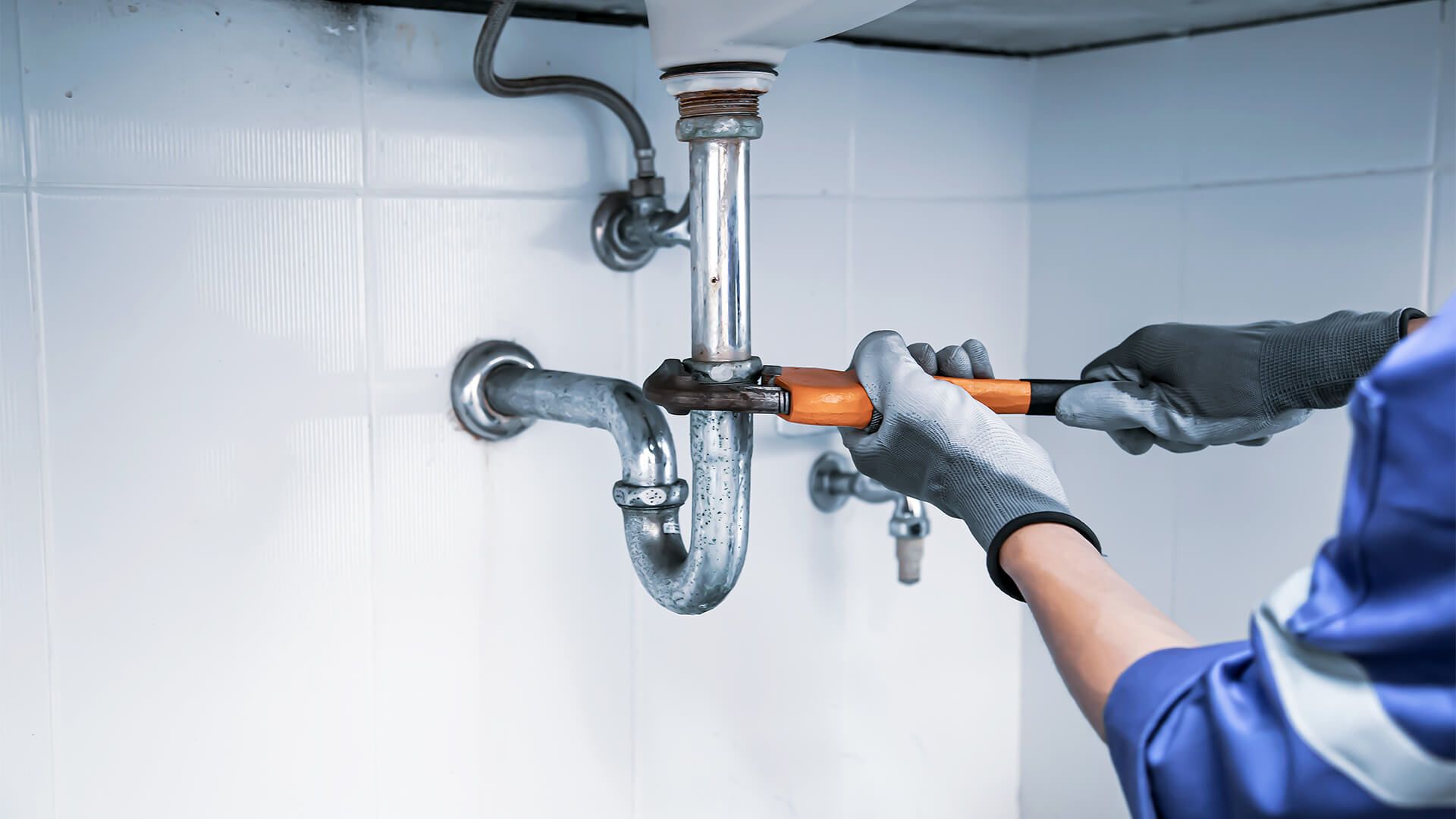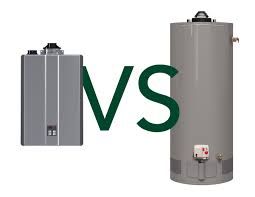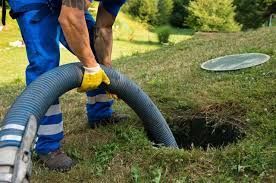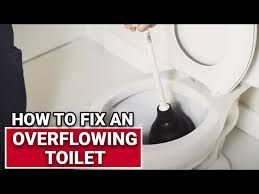How to Fix a Slow Draining Sink
Is your sink draining slower than a snail’s pace, leaving you frustrated and inconvenienced? Don’t worry; you’re not alone, and there’s no need to call a plumber just yet. Slow-draining sinks are a common issue in many households, often caused by everyday activities. Whether it’s food particles, soap scum, or hair causing the blockage, there are simple and effective solutions you can try yourself. Let’s dive into some practical methods to fix that slow-draining sink and get your routine back on track.
Read more about 5 Ways to Get Rid of Drain Flies!
Understanding the Causes of a Slow Draining Sink
Before diving into the solutions, it's crucial to understand what might be causing your sink to drain slowly. Identifying the root cause can help you choose the most effective method to fix the problem.
Common Causes:
- Buildup of Grease and Food Particles: Over time, grease and small food particles can accumulate in the pipes, creating a sticky blockage that slows down water flow.
- Hair and Soap Scum Accumulation: In bathroom sinks, hair and soap can combine to form a stubborn clog that reduces drainage efficiency.
- Mineral Deposits from Hard Water: Hard water contains minerals that can build up inside the pipes, leading to reduced flow and eventual blockages.
- Foreign Objects Lodged in the Drain: Items like jewelry, toys, or large debris can accidentally fall into the sink and block the drain.
- Improper Installation or Pipe Design: Sometimes, the plumbing itself may be to blame, especially if the pipes are poorly aligned or incorrectly installed, leading to frequent clogs.
Tools and Materials Needed
- Plunger
- Drain snake or auger
- Baking soda and vinegar
- Boiling water
- Pipe wrench
- Bucket
- Rubber gloves
- Flashlight
Using a Plunger
A plunger is a handy tool that can often solve a slow-draining sink issue quickly and effectively. Here’s how you can use it to clear the clog:
- Fill the Sink with Water: Ensure there's enough water in the sink to cover the plunger’s bell. This helps create a strong seal.
- Position the Plunger: Place the plunger over the drain, ensuring it fully covers the opening.
- Plunge Vigorously: Push the plunger up and down rapidly while maintaining the seal. This action helps to dislodge the blockage.
- Check the Drain: Remove the plunger and see if the water drains quickly. If not, repeat the process a few more times.
- Rinse with Hot Water: Once the clog is cleared, pour hot water down the drain to help flush out any remaining debris.
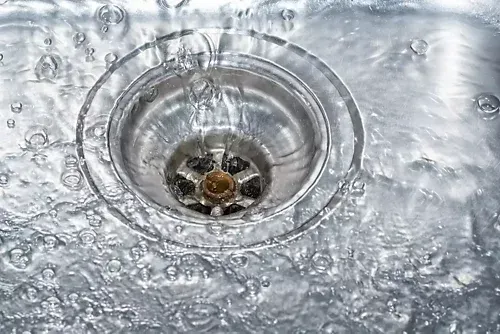
Removing and Cleaning the Sink Stopper
A clogged sink stopper can be a major cause of slow drainage. Cleaning it regularly can prevent buildup and ensure smooth water flow. Here’s a step-by-step guide to remove and clean your sink stopper:
- Locate the Stopper Mechanism: Look under the sink to find the stopper's pivot rod and clip mechanism. This is usually attached to the drainpipe.
- Remove the Pivot Rod: Unscrew the nut holding the pivot rod in place. This will release the stopper from the drain.
- Pull Out the Stopper: Gently pull the stopper out of the drain. Be prepared for some debris and grime buildup.
- Clean the Stopper: Use a brush or old toothbrush to scrub the stopper thoroughly, removing hair, soap scum, and other debris.
- Clean Inside the Drain: Use a bottle brush or a similar tool to clean inside the drain, removing any buildup that might be causing the slow drainage.
- Rinse Everything: Rinse the stopper and the inside of the drain with hot water to flush away any remaining debris.
- Reassemble the Stopper: Reinsert the stopper into the drain and reattach the pivot rod by screwing the nut back in place. Ensure it's secure but not too tight, so the stopper moves freely.
Using a Drain Snake
A drain snake, also known as a plumber’s auger, is a flexible, slender tool designed to reach deep into the drain and dislodge stubborn clogs. Here’s how to use it effectively:
- Insert the Snake: Feed the end of the drain snake into the drain opening. Push it in until you encounter resistance, which indicates you've reached the clog.
- Rotate the Snake: Turn the handle of the snake clockwise to allow the tip to grab onto the clog. Keep pushing and twisting to break up the blockage.
- Break Up the Clog: Once you feel the resistance ease, it means the clog is breaking up. Continue to push the snake further to ensure the entire blockage is cleared.
- Retract the Snake: Slowly pull the snake back out of the drain, bringing up any debris that it has caught. Be prepared for some mess and have a trash bag handy.
- Flush the Drain: Run hot water down the drain to wash away any remaining debris. This helps to ensure that the clog is completely cleared and the drain is flowing freely.
- Clean the Snake: Clean the drain snake thoroughly after use to remove any gunk and prevent odors.
Read more about How to fix a leaky faucet!
Preventive Measures
- Tips:
- Regularly clean your sink and drain.
- Avoid pouring grease and food particles down the drain.
- Use a drain cover to catch hair and debris.
- Flush the drain with boiling water once a week.
- Consider using a monthly drain cleaner.
Conclusion
Dealing with a slow-draining sink can be frustrating, but with the right methods, you can quickly restore proper drainage. Whether you opt for a plunger, a natural baking soda and vinegar solution, clean your sink stopper, or use a drain snake, each method offers an effective solution for different types of clogs. Regular maintenance and addressing issues promptly will keep your sink functioning smoothly. If the problem persists or you encounter a particularly stubborn clog, don’t hesitate to contact All City Plumbers for professional drain cleaning services. Keep your plumbing in top shape and enjoy a hassle-free home!

